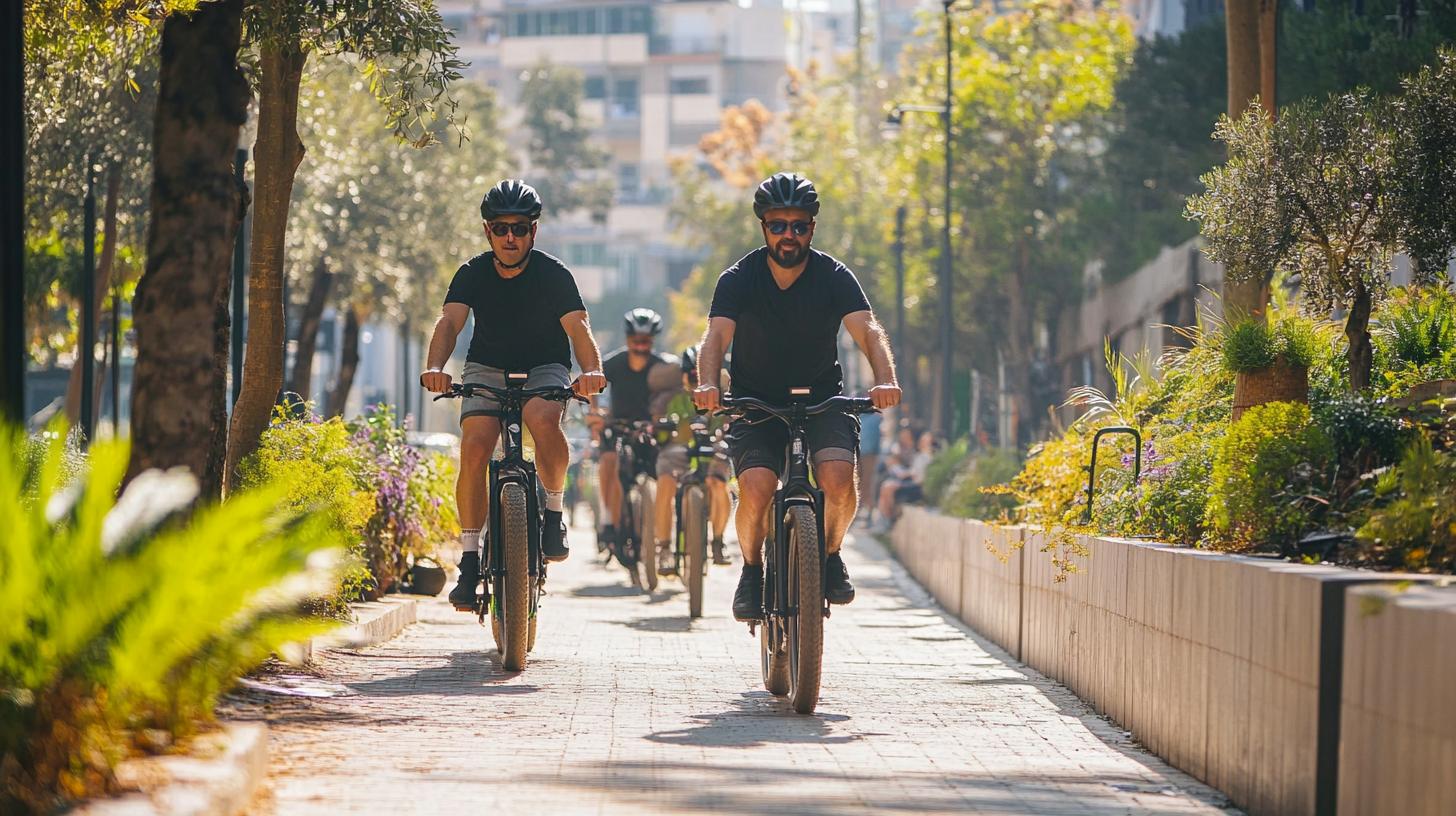In an eco-friendly initiative, the town of Cabrerizos is sustaining its commitment to environmental conservation by offering subsidies for new electric bicycles. This ongoing effort aims to encourage sustainable mobility among its residents.
Eligibility Criteria
To qualify for this financial support, applicants must meet specific conditions: they must be adults and have been living in Cabrerizos for at least one year. The purchased electric bicycle must be newly acquired between December 1, 2023, and November 30, 2024. Importantly, each eligible applicant can receive a subsidy only once.
Financial Details
Successful applicants will receive a subsidy of €200, with a total budget cap of €3,000 dedicated to this initiative. The application period opens one day after the purchase of an electric bicycle and remains available until November 30, 2024. Documentation is essential for the application process.
How to Apply
To apply, residents need to submit their documents to the General Registry Office at Los Arroyos Street, number 7 in Cabrerizos, Salamanca. Required documents include a copy of the applicant’s ID, bank account number, and proof of bicycle purchase. Applicants must also declare that they are free from any disqualifying circumstances to receive benefits.
Cabrerizos demonstrates a progressive approach towards enhancing environmentally friendly transportation options, making cycling a more attractive mode of transport for the community.
Are Electric Bicycles the Future of Sustainable Transportation?
As global concerns about environmental sustainability intensify, innovative solutions emerge that promise to transform transportation. One such initiative is Cabrerizos’ subsidy program for electric bicycles, part of a broader trend encouraging eco-friendly transportation. While Cabrerizos has taken a pivotal step, there are other emerging narratives around e-bikes and their implications on society.
A Leap Toward Sustainable Mobility
Electric bicycles, or e-bikes, are gaining traction across the world due to their potential to reduce carbon emissions and traffic congestion. Fast becoming a staple in green cities, e-bikes provide an excellent alternative to traditional gasoline-powered vehicles. They offer a dual advantage: reducing carbon footprints and promoting healthier lifestyles by combining motorized assistance with physical exercise.
The Cabrerizos initiative, while small in scale with a €3,000 budget, aligns with a larger global movement that could see cities radically rethinking transportation infrastructure to accommodate such emerging technologies. This change involves adapting urban landscapes to be more accommodating to bicycles and pedestrians, reducing dependency on cars, and ultimately lowering city emissions.
Potential Challenges and Controversies
Electric bicycles are not without controversies and challenges. Some concerns involve the initial cost of purchase, which can be prohibitive even with subsidies. Additionally, issues surrounding battery disposal and lifecycle management raise questions about their true sustainability. Are we merely shifting the environmental burden from one resource to another? As cities like Cabrerizos make strides, these concerns need addressing to harness the full environmental potential of e-bikes.
Another debate arises over the integration of e-bikes into existing traffic systems. There is a need for clear policies and updated road rules to ensure the safety of all road users. How will cities implement infrastructure changes to accommodate these vehicles safely?
Advantages of Widespread E-Bike Adoption
For communities, the widespread adoption of e-bikes can lead to a transformation in urban design. Dedicated bike lanes encourage safer commutes and even increase local business traffic, as cyclists often frequent shops more regularly than car drivers. Economically, the e-bike industry can stimulate job creation, from manufacturing to maintenance services.
From a health perspective, while e-bikes do provide electrical assistance, they still require physical effort, promoting a more active lifestyle. This is particularly beneficial in urban areas where sedentary lifestyles are common.
Conclusion: Are We Ready for the E-Bike Revolution?
The Cabrerizos initiative is an exciting step forward, but global readiness for a complete e-bike revolution depends on overcoming several barriers. Key among these are reducing costs, improving battery technology, and ensuring comprehensive urban planning. As more cities follow Cabrerizos’ example, societies can expect significant shifts toward more sustainable urban living.
For more information about sustainable transport, visit Planetizen and Smithsonian.







